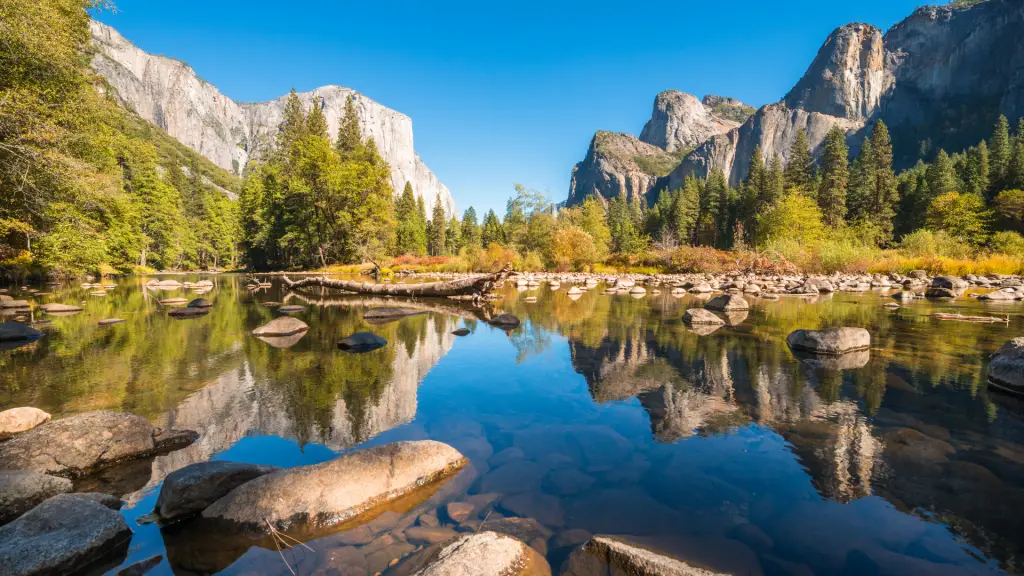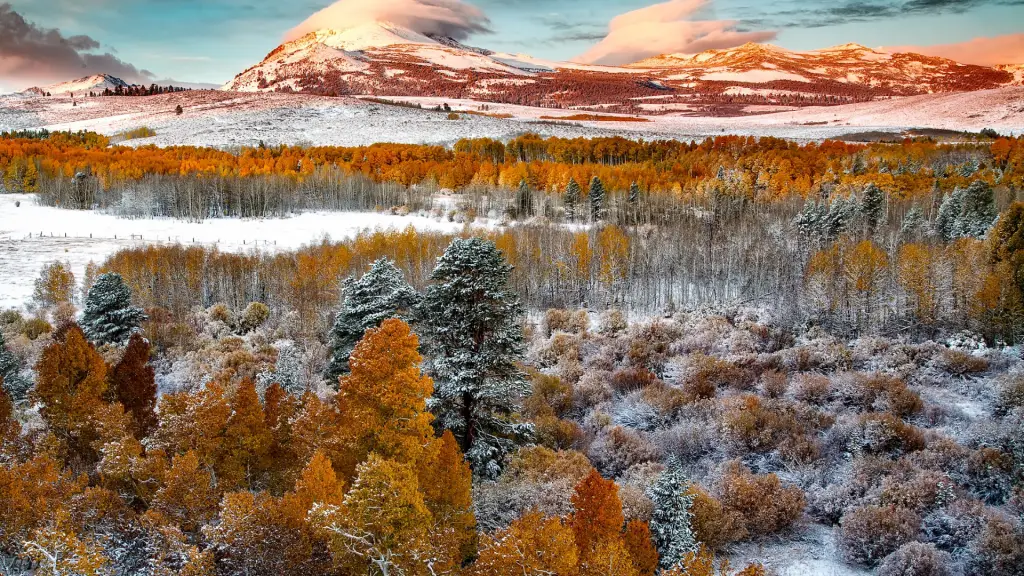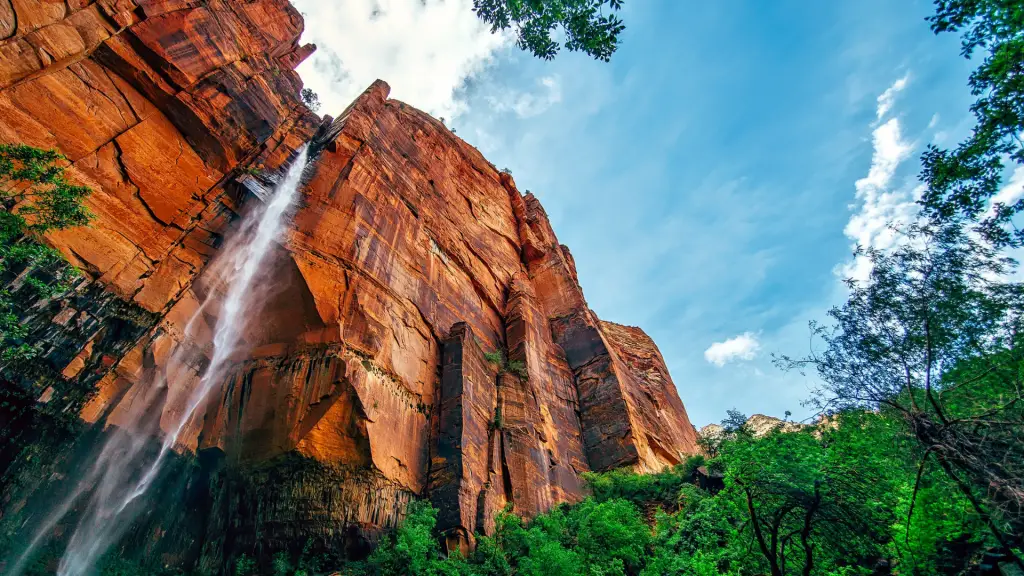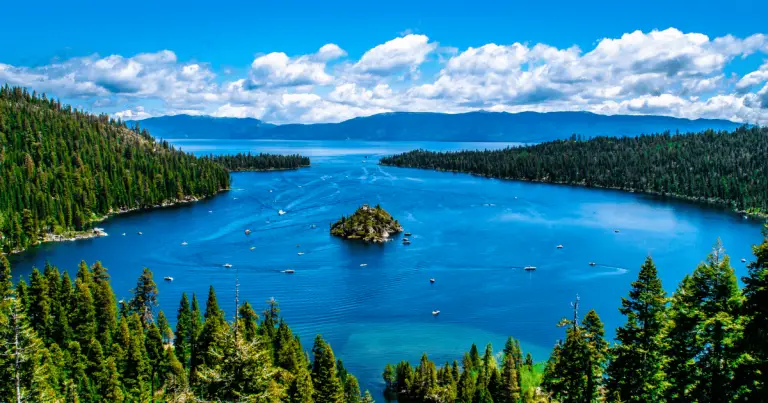Everything You Need to Know About Yosemite Weather Per Month
Yosemite National Park is a place of wonder. Nestled in the Sierra Nevada Mountains, it’s a breathtakingly beautiful place with unique flora and fauna species. If you’re planning a visit, one of the things to consider is its seasonal weather changes.

Understanding Yosemite weather per month allows you to plan your adventure to coincide with the park’s shifting moods. With each passing month, the majestic park transforms, revealing new facets of its beauty. Knowing what to expect from Yosemite weather in May, for example, can help you prepare for the park’s vibrant springtime allure. It’s a time when wildlife is stirring and the park’s waterfalls are at their most powerful, thanks to the melting snow. As for Yosemite weather in December, expect a winter wonderland. Snow often blankets the park, transforming Yosemite into a serene, white landscape that offers opportunities for snowshoeing, skiing, and simply reveling in the quiet beauty of winter. Whether you’re an avid hiker, a photography enthusiast, or simply looking to immerse yourself in the beauty of nature, being well-informed about Yosemite’s weather will ensure a memorable and fulfilling adventure. Pack your bags, get your camera ready, and embark on an unforgettable journey through Yosemite’s ever-changing seasons

Why Understanding Yosemite Weather per Month Truly Matters
Embarking on a journey through Yosemite National Park is an experience like no other. However, a vital key to unlocking the full potential of your adventure lies in comprehending the nuances of its weather, month by month. Take a look at why this knowledge is so essential.
- Safety: Extreme weather conditions, such as heavy snowfall or intense summer heat, can pose risks. Being aware of the weather allows you to prepare adequately and ensure your safety during your visit.
- Enjoyment: Each season offers a different experience in Yosemite. By knowing the monthly weather, you can plan your visit to align with your preferred activities, whether it’s hiking amidst blooming wildflowers in the spring or snowshoeing in the winter.
- Wildlife Spotting: Different animals can be spotted in different seasons due to their varied life cycles. The knowledge of monthly weather can help optimize your chances of wildlife sightings.
- Photography: If you’re a photography enthusiast, understanding the weather patterns can help you capture Yosemite’s beauty in different seasons, from icy winter landscapes to colorful autumn foliage.
- Packing: Knowing the weather helps you pack the appropriate clothes and gear. For example, if you’re expecting snow, you’d want to bring warm layers, gloves, and boots; if visiting during a warmer month, you’d pack lighter clothing and sunscreen.
- Budgeting: The season can significantly impact the cost of your trip. Accommodation and flight prices may vary depending on the month, and certain activities may require specific gear or equipment that could add to your expenses. Understanding the weather allows you to budget your trip accurately.
- Avoiding Crowds: Some months, particularly during comfortable weather conditions, attract more tourists. If you prefer a quieter experience, understanding the monthly weather can help you plan your visit during a less crowded time.
- Health Considerations: The change in weather conditions can affect individuals with certain health issues, such as respiratory problems or allergies. Knowing what to expect can help you take necessary precautions and ensure a comfortable visit.
- Accessibility: Some areas in Yosemite may be closed off during certain months due to weather conditions, such as snow or wildfires. Being aware of the weather helps you plan your itinerary to incorporate accessible areas.
- Environmental Impact: Understanding the weather is also a part of responsible tourism. It helps you to respect the park’s natural cycles and reduces the environmental impact of your visit by allowing for responsible planning.

Navigating the Seasons of Yosemite Month by Month
Each month offers a varying and unique experience in Yosemite, ensuring that no two visits to the park are the same. Tailor your journey to the park’s diverse climates and discover the perfect moments to make memories that will last a lifetime.
- January in Yosemite is typically cold with average temperatures ranging from 28°F to 48°F. Snowfall is common, making the park a winter wonderland. It’s an ideal time for snowshoeing and cross-country skiing.
- The winter continues in February with similar temperatures. The frozen beauty of Yosemite makes for stunning photography. The park’s waterfalls may be frozen, offering a unique spectacle.
- As spring begins to stir, temperatures rise slightly in March, ranging from 30°F to 55°F. Wildlife begins to emerge, and the scenery starts to shift as snow melts, fueling the waterfalls.
- April: With temperatures ranging from 33°F to 63°F, the park awakens fully into spring. It’s an excellent time for hiking and bird-watching.
- May sees a considerable boost in temperature with highs reaching 72°F. The waterfalls are at their peak, and wildflowers begin to blanket the park, making it a paradise for nature lovers.
- June is a warm month with temperatures fluctuating between 48°F and 81°F. It’s the best time to hit the park’s hiking trails. The waterfalls continue to flow impressively, although they may start to lessen towards the end of the month.
- The heat of summer is in full swing in July, with temperatures ranging from 54°F to 89°F. This is a great time for camping and stargazing, while the park’s higher elevations still offer cooler, comfortable hiking conditions.
- August in Yosemite is dry and hot, with temperatures from 52°F to 88°F. The waterfalls may be less impressive, but it’s a great time for rock climbing and exploring the park’s meadows.
- Temperatures begin to cool slightly in September, ranging from 47°F to 82°F. The park’s foliage starts to change color, creating a stunning autumnal palette.
- October sees temperatures from 37°F to 70°F. The fall colors peak during this month, making it a vibrant time to visit.
- With temperatures falling between 28°F to 58°F, November marks the transition towards winter. It’s a quieter time to visit, offering a different kind of beauty with the first snowfalls of the season.
- December is another cold month with temperatures from 25°F to 48°F. The park transforms into a winter playground, perfect for snowshoeing and skiing, or simply appreciating the serene, snowy landscapes

Final Thoughts
Knowing the weather patterns of Yosemite National Park month by month is crucial in planning a rewarding adventure. Each month unveils a unique facet of the park, from the icy serenity of winter to the vibrant blooms of spring, the sunny hikes of summer, and the stunning color change of fall. Yosemite’s ever-changing seasons offer diversified experiences, full of stunning vistas, wildlife encounters, and endless outdoor activities. By being privy to the park’s monthly weather, you can align your interests, ensure safety, enhance enjoyment, and make the most out of your Yosemite adventure. So, as you plan your trip, remember: it’s not just about ‘when’ you visit Yosemite, it’s ‘how’ you embrace each season’s offering that truly defines your experience.







